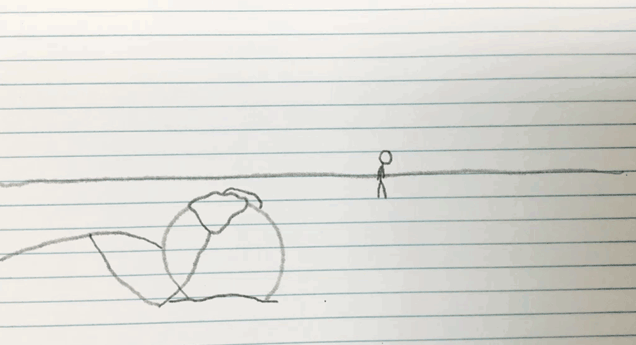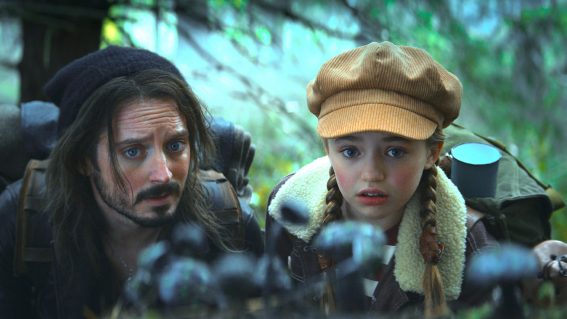Why ‘Dunkirk’ Doesn’t Need the Gore from ‘Hacksaw Ridge’

Christopher Nolan’s Dunkirk shows that war isn’t pretty but manages to do it without showing skin, bones and blood spewing out like grass from a lawnmower. For many, it didn’t matter since the situations successfully squeezed every drop of stress out of their carcasses. For others, the lack of blood left them a bit disconnected.
There’s a decent-sounding argument for it. Most of us know how gruesome war is and to leave out the messy details can feel like someone’s screwing with our sense of reality. So when a bomb drops on a soldier within hugging range, the lack of flying body parts could make a little voice in your head say “A body wouldn’t ACTUALLY do that…”
However, almost every single film requires some suspension of disbelief – including those based on true events. For those who didn’t see the lack of gore in Dunkirk as a problem, that suspension got them by.
If you still think it’s a problem, you’re possibly thinking “but gore was really effective in Mel Gibson’s Hacksaw Ridge, so surely it would have only added to the suspense in Dunkirk.”
I get where that line of thinking comes from. I wondered that myself moments after the film ended. But after giving it some more thought, I see two reasons why Dunkirk works without buckets of blood.
The first is exposure. Like any extreme portrayed on-screen (sex, swearing, violence), it’s most effective when you’re given something to contrast it with. In the case of Hacksaw Ridge, the first hour of the film is dramatic set-up that – in my opinion – feels like fluffy daytime television. This lightness lowers your guard, so when that second hour presents Hellraiser on the battlefield, you instantly clutch your pearls and yell “Heavens to Betsy!”
(OK, this is how I reacted in my living room. But for argument’s sake, let’s say you did as well.)
Dunkirk does not have these contrasting moments away from violence. It’s attempting something very different from the standard war film by delivering an experience purely targeted at urgency and desperation. It defies conventions by removing the usual storytelling ‘breathing room’. Every minute is dedicated to making you feel the panic of instant death, which is how every minute must have felt to those soldiers. To have us watch an hour of the characters’ lives before the horror of Dunkirk would be to completely change the film’s intention.
Adding blood spewing, bones splinting, skulls shattering, guts falling, and limbs dismembering in this film would mean to show it almost 100% of the running time. That’s when gore loses its effectiveness and we become numb to it. It’s akin to watching an R-rated comedy where every second word is ‘fuck’.
There’s also a thematic reason to why gore works so well in Hacksaw Ridge and why it wasn’t needed for Dunkirk. In Hacksaw, the central character is a medic whose heroism revolved around the men he saved. No matter how badly injured those men got, Andrew Garfield’s Desmond Doss went out without a gun to get those men to safety. The gore put emphasis on how close to death these soldiers were, making Doss’s efforts feel even grander.
Dunkirk doesn’t do ‘close to death’ – either you live or you die. It doesn’t matter HOW bad a person dies. Dead is dead, and it could come at any given moment from any given direction.
The movie doesn’t want you fixated over anyone dying in gory agony. It wants you to get use to death being quick and spontaneous. Once that reality settles in, every single second has value and – consequently – holds the fear that it could be someone’s last.
Adding gore adds nothing to that reality. A motionless body floating on the water is just as dead as a headless one.













